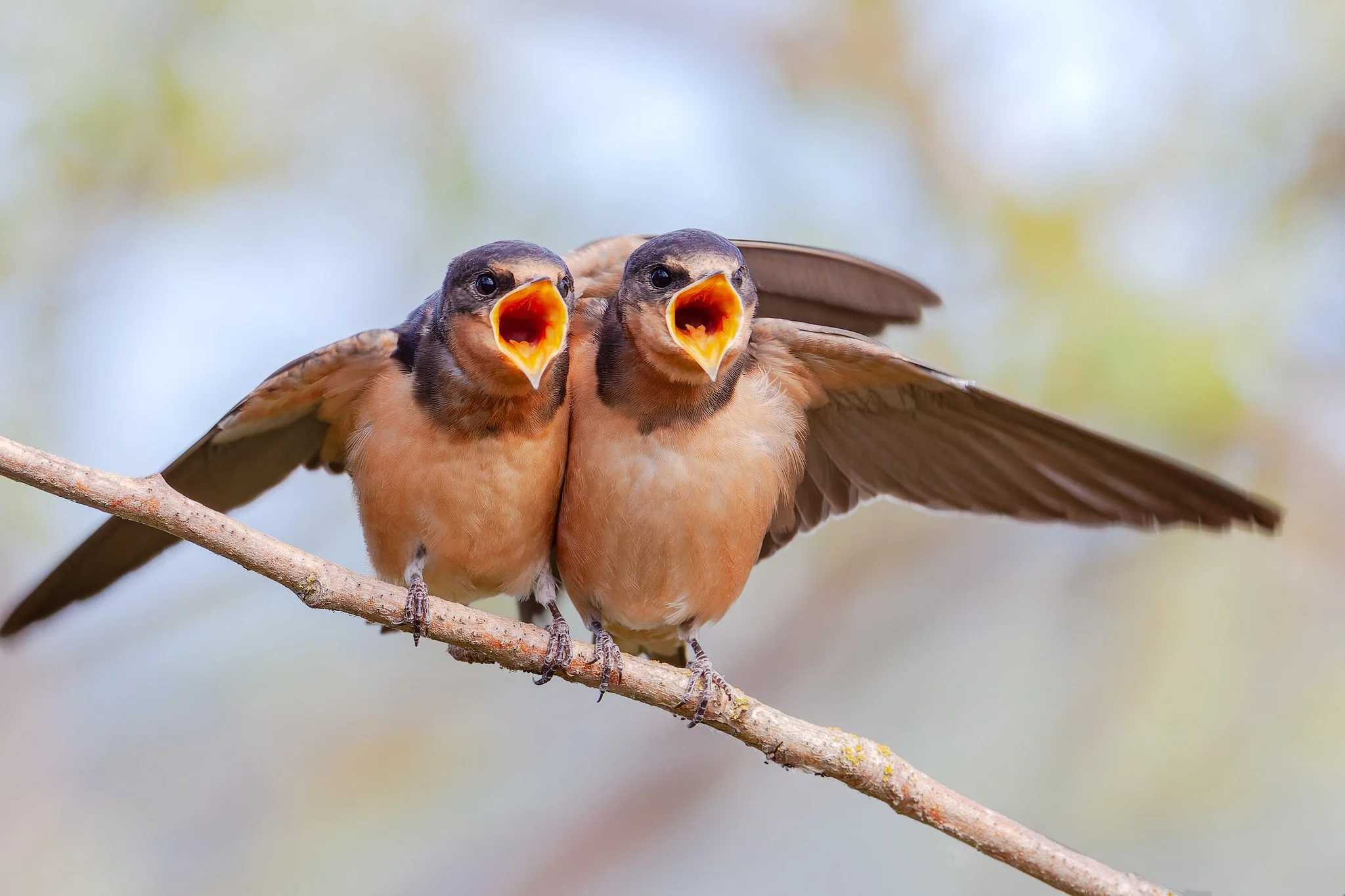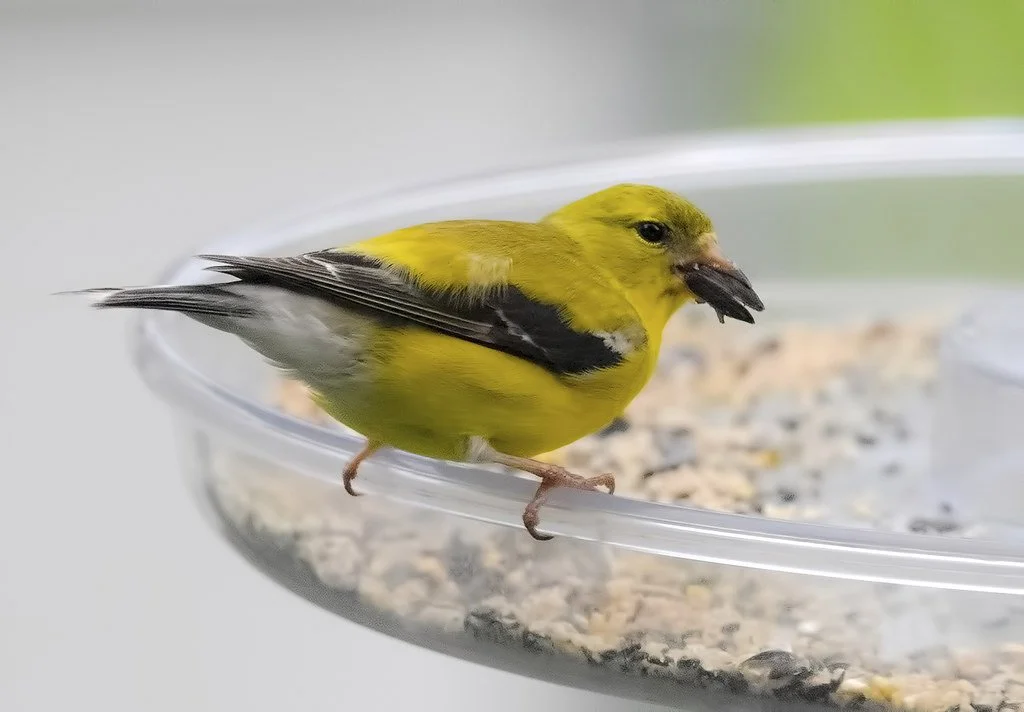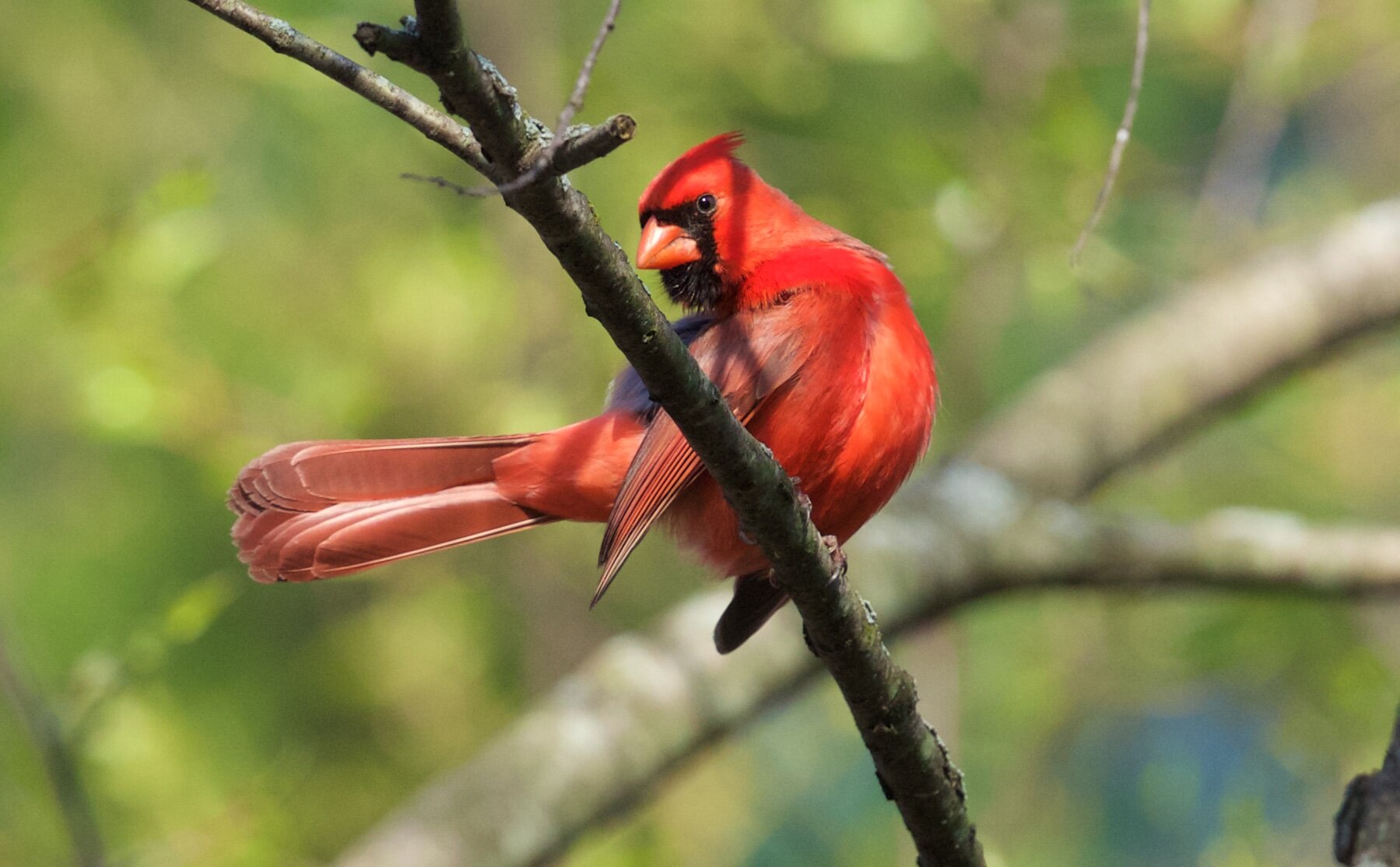Male House Sparrow (photo by Jan Rose FCC)
I feel so torn about writing about House Sparrows this week! Although they are an exotic, invasive species that displace and outcompete native birds, they ARE a very commonly heard bird — which is why they are here, in the Who’s That Singing series. For better or worse (and mostly worse), House Sparrows are apart of the soundscape in most urban and farm settings, so here we go!
The House Sparrow is native to Europe, and was introduced in 1851 in Brooklyn, New York. Within a few decades, it spread throughout the US and is now found pretty much everywhere in the US, Mexico, Canada, and parts of Central and South America. Talk about World Domination!
As a sparrow species, they are small and mostly brown. House Sparrows have a gray belly with males having the tell-tale black “bib” on their throats and chest. Their an aggressive bird, often pushing other birds away from feeders, pecking eggs and destroying nests, and even nesting on top of other nests (even when there are eggs and/or babies in it!). On the flip side, I’ve observed House Sparrows eating Japanese beetles off of my raspberry plants, which I greatly appreciate!
Male House Sparrow (photo by Andy Reago & Chrissy McClarren)
Female House Sparrow (photo by Eric Bégin FCC)
Song & Call
The House Sparrow’s song and call sound quite similar, with short, high-pitched cheepy noises. They sing and call almost constantly — if they’re around, they’re usually making noise! Listen for these sounds so you can identify them, catalog them in your mind, and know they’re a House Sparrow!
Who’s That Singing? is a series designed for Birding by Ear class participants but available to anyone interested in learning more!
Written by Brenna Marsicek, Southern Wisconsin Bird Alliance director of outreach


















